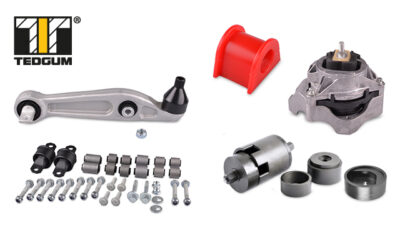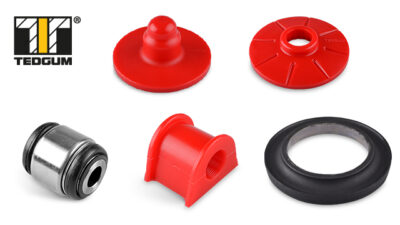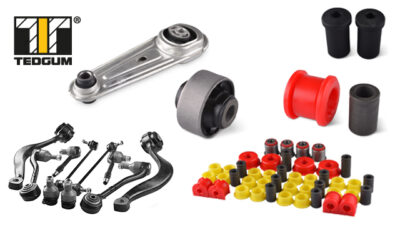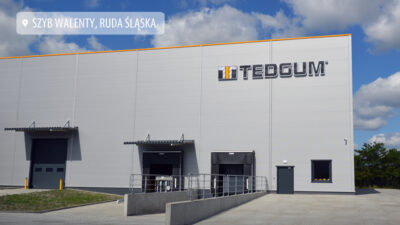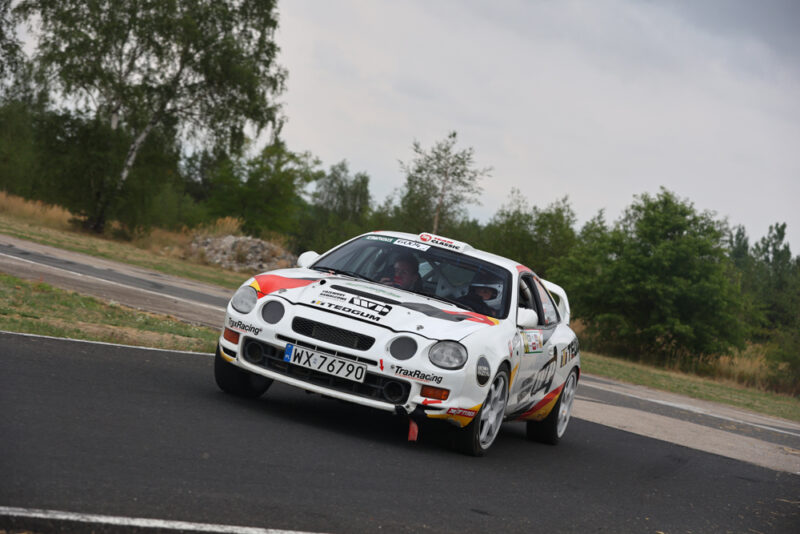
The Barbórka Rally is ahead of us, an event that is not included in the classification of the Polish Rally Championship, however, the prestige of the event makes it a must-be for every rally driver in Poland. This year is the 60th edition, which adds flavor to this rally. Of course, our team will also be present at the Rally, taking part in the history class in a Toyota Celica GT-Four car. The team consists of Paweł Wysocki and Bartłomiej Lepianka.
On this occasion, we decided to share some information about this Toyota Model, as well as the prepared rally version.
The history of the Celica GT-Four
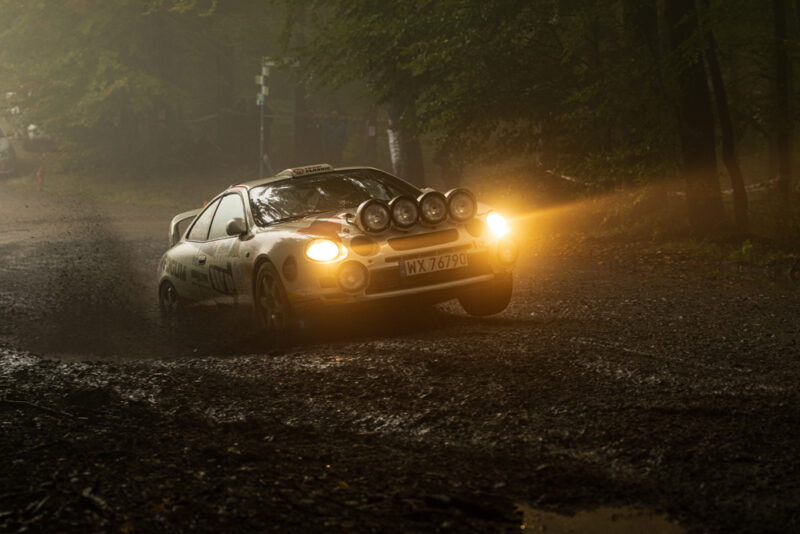
The GT-Four of the Toyota Celica was developed specifically to compete in the World Rally Championship (WRC). Three main versions were produced: ST165, ST185 and ST205. The ST205 Celica is the latest evolution of Toyota’s iconic rally car, following the success of previous generations in rallying. The appearance of the ST205 models followed a change in regulations. One of the changes was the need to use a restrictor at the turbine inlet, which resulted in a reduction in engine power.
Toyota Celica in the GT-Four ST205 version was produced in the years 1994 – 1999 and 2,500 copies were made. This model had a permanent four-wheel drive, and serial copies generated 242 or 255 horsepower at 302 Nm from a 2-liter engine. The car had four-channel ABS, and the front suspension was based on the “Super Strut Suspension” design, which was a modification of the McPherson strut aimed at reducing the moment of inertia around the steering axis, as well as reducing the angle of inclination relative to the ground (camber).
The greatest sports successes
The history of the four-wheel Toyota Celica GT-Four dates back to 1989, the main drivers of the Toyota team were Juha Kankkunen and Didier Auriol, and until the end of the 1995 season, they won a total of 30 rounds of the World Rally Championship. The ST205 model triumphed in the 1996 European Rally Championship. In Poland, such a car was used by, among others, Robert Gryczyński and Cezary Fuchs.
Occasionally, in selected rounds of the European Championship, this model was also used by Celici, Janusz Kulig, who won the Barum Rally, and Leszek Kuzaj. The next step for the Toyota team after the Celica was the Corolla WRC.
What are the characteristics of the model used by the TEDGUM team?
The car is not in the factory specification known from the World Championship, but it has several such solutions. The car is currently an extended group N, popular in the 90s. The achieved power is 305 HP with a torque of 400 Nm. Due to the short gear ratios, the maximum speed is around 180-190 km/h.
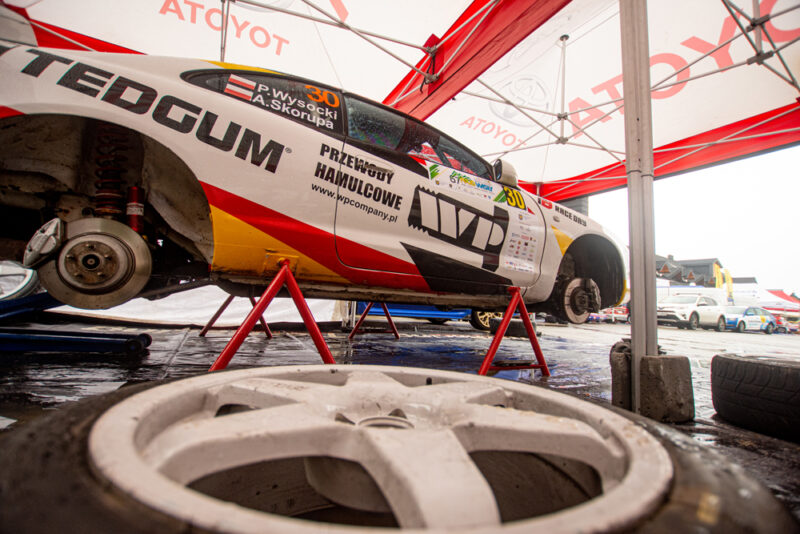
It has rally-fully adjustable Protlum shock absorbers (a huge amount of adjustment through additional reservoirs, including hardness, rebound, rebound).
A plate differential in the rear differential and a modified gearbox. The gearbox is manual in the H system, which is the difference from the newer sequential gearboxes controlled by a lever (forward or backward), or by paddles on the steering wheel.
The engine is a rebuilt unit in terms of rally regulations, with the regulation “restrictor” on the turbocharger. The cooling system has been changed to a more efficient one. The engine controller is changed, which works with an additional display instead of the standard indicators on the dashboard.
Such a display allows for more accurate control of engine parameters during the rally.
The interior is a heavily developed safety cage, two Sabelt sports seats with six-point seat belts. Most of the interior trim elements are made of carbon fibre. All fuel and brake lines have been moved to the interior of the car and are made of special flexible, metal braid-reinforced conduits.
For asphalt rallies, the car is equipped with Revolution Millennium rims (a replica of rims from factory cars from the 90’s) in size 8×18 and slick Michelin or Pirelli tires. Larger wheels can accommodate larger brakes, which are more needed on asphalt.
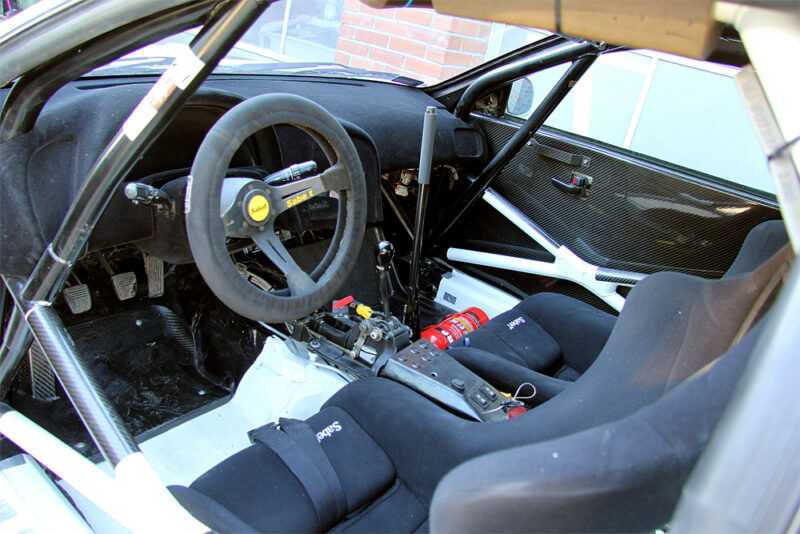
In the case of rallies on gravel surfaces, the rims are Speedline 7×15 with MRF or Pirelli tires mounted on them. In the case of such a surface, a different suspension configuration is also prepared. In addition to the maximum lift, spacers are used to raise an additional 2.5 cm. A different geometry is used for gravel, an aluminium plate for the rear differential, special mud flaps.
The rear suspension is similar to the standard multi-link suspension, but the rubber elements are replaced with polyurethane elements. No changes have been made to the stabilizers. The front suspension is Toyota’s original solution in the form of SS suspension, i.e. a shock absorber, which is connected to the swingarm with pins. At the bottom of the suspension there are two wishbones with pins and bushings at the beam. The dashboard is lighter than the factory one and covered with a non-reflective material to reduce reflections. The car is also equipped with a special fire extinguishing system and an additional power switch. An intercom is responsible for crew communication.
What is the difference between the Celica ST205 of the TEDGUM teams and those currently driving in rallies?
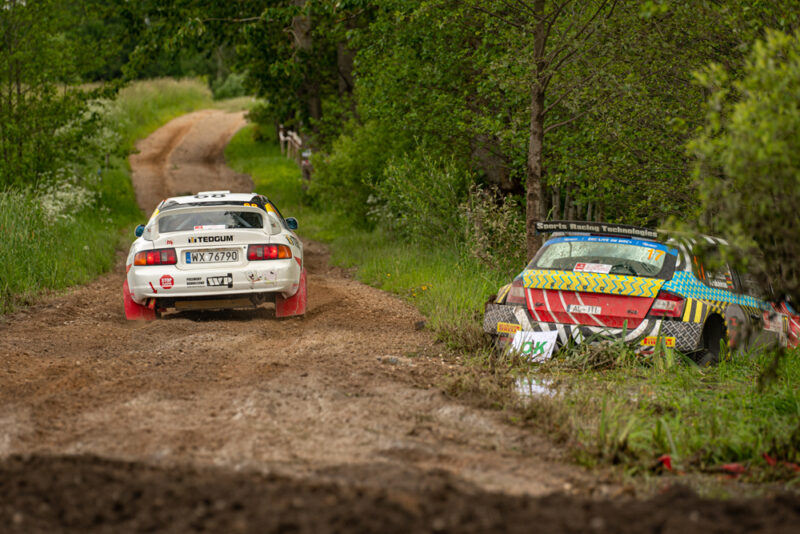
Celica from the 90’s is a huge difference from the currently driving modern rally cars. The changes mainly consist in more advanced drive systems, electronics and engines.
Toyota Celica GT4 is a car demanding for the driver, purely mechanical without any electronic boosters in the drive system, such as active differentials.
A huge difference is also the suspension of modern cars, mainly shock absorbers, which have a much larger stroke and setting options. Despite this, there are rallies and special stages where you can compete with modern constructions.
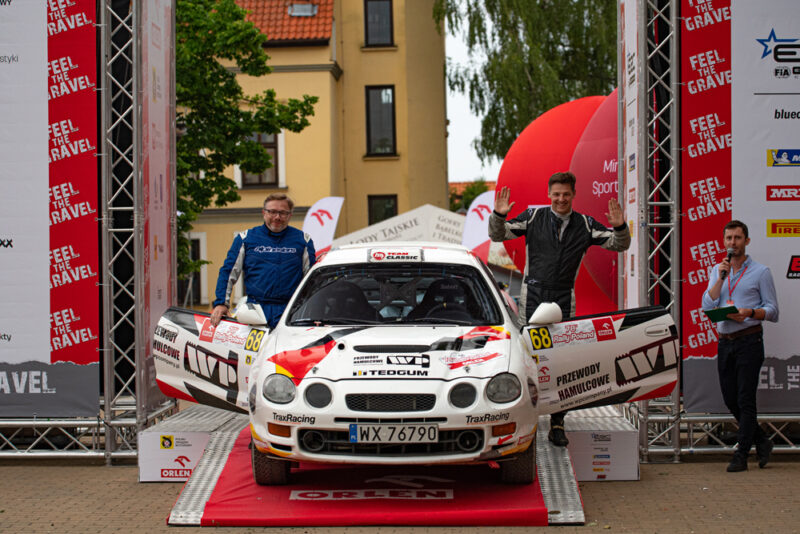
Toyota Celica is the quintessence of rally cars of the 90’s and, by the way, less popular than Subaru Impreza or Mitsubishi Lancer Evolution, hence the idea to start with this car. For many rally fans from those years, it is the most beautiful rally car. In addition, the shape of the Celica is unique compared to the competition’s “family” sedans.

